
Is it respectful for an oppressing force to name something after their victims’ weapons because it’s respectful, or is it respectful for an oppressing force to name something after their victims’ weapons because they claim it is? What about when the oppressors disguised themselves to deceive their enemy?
An observer of the Boston Tea Party, John Andrews wrote the following in 1773: “They say the actors were Indians… Whether they were or not to a transient observer they appear’d as such, being cloth’d in blankets with the heads muffled and copper color’d countenances, each being arm’d with a hatchet or ax, and pair pistols, nor was their dialect different from what I conceive these geniusses to speak, as their jargon was unintelligible to all but themselves.”
That wasn’t called the Mohawk Boston Tea Party with “each being arm’d with a hatchet or ax” was it?However, the “respectfully” named Tomahawk Missiles were named after who and why?
The missile is named after the tomahawk, a one-handed axe invented by Native Americans in the United States.
Generally, Tomahawk Missiles were named because of domination, influence, or authority over another, especially by one political group over a society or by one nation over others. How is domination achieved? Domination is achieved by treating all tribes as one and as “wards of the government.”
Chief Justice John Marshall set Native Americans on the path to poverty in 1831 when he characterized the relationship between Indians and the government as “resembling that of a ward to his guardian.”
Was it respectful to specific tribes for the US Military to name the Tomahawk Missile after all “Native Americans in the United States?” Not all tribes used them and not all tribes decided to resist forced relocation. Some people think the fight against cultural appropriation can turn into a divisive fight against one of this land’s most underappreciated opportunities: cultural sharing.
As a fan of Mother Jones magazine, I don’t often disagree with the progressive monthly’s editor in chief, Clara Jeffery. But she asked for it with this breathtaking tweet after President Donald Trump fired 59 Tomahawk cruise missiles at a Syrian airbase:
“That the missiles are called tomahawks (sic),” she tweeted, “must enrage a lot of Native Americans.”
That “cultural appropriation fight” and other rationalizations like Gen. Hamilton Howze ‘”envisioned the helicopter as a fast, mobile, stealthy machine on the field of battle using terrain and vegetation to an advantage similar to the Warrior Tribes” miss the point of disguise for sake of deception by the Dominant Culture to maintain control through that very disguise and deception. Furthermore, they may have named a helicopter after the Apache, but Geronimo died at Fort Sill.
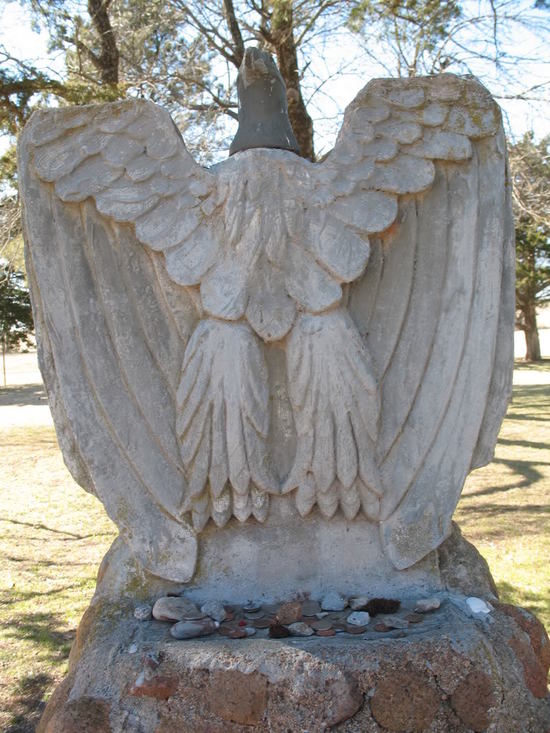
He spent the last 23 years of his life as a prisoner of war.
Following their surrender, Geronimo and the Chiricahuas—including the Apache army scouts that had helped catch him—were condemned to manual labor at army camps in Florida. The Indians were later moved to Mount Vernon Barracks, Alabama, and then Fort Sill, Oklahoma, but despite their repeated pleas for a reservation in the West, they remained prisoners of war for the rest of Geronimo’s life.
Was it respectful for the US Military to name the Tomahawk Missile after “the tomahawk, a one-handed axe invented by Native Americans in the United States?” I’ll answer that question with another question.
Was naming this creek an act of respect? If it’d been a “glorious missile,” apparently so.
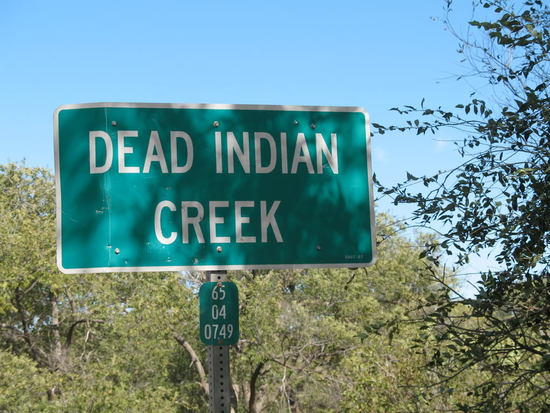
Another example, “Devil’s Tower”, the general location that is believed to be where the White Buffalo Calf Woman brought the Calf Pipe to the Lakota and Sweet Medicine was given the Four Arrows for the Cheyenne, is really named Bear Lodge.
A stone monolith looms over the plains of northeastern Wyoming, its summit standing 1,267 feet above the Belle Fourche River. People have been drawn here since ancient times, and the rock has many names. Mato Tipila. Bear Lodge. Grey Horn Butte. Aloft-on-a-Rock. Ghost Mountain.
Most, however, know it as Devils Tower.
However, white settlers had to assert domination, influence, or authority over another, especially by one political group over a society or by one nation over others as with everything else they did, and gave arguably one of the most sacred sites to those two tribes a satanic connotation.
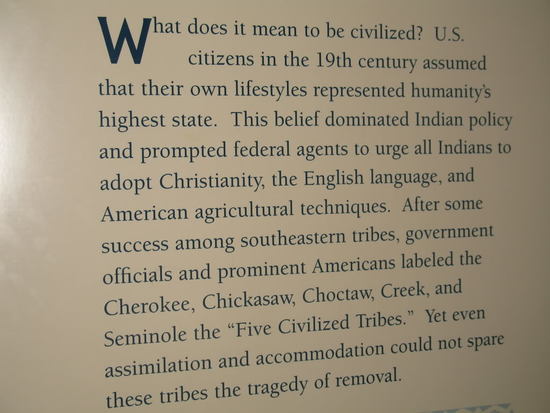
It was also an act of deceit, who’d ever imagine the Calf Pipe and the Four Arrows were given to the Lakota and the Cheyenne at some place called “Devil’s Tower?” That’s where the Devil is, don’t ya know? And those missiles, they really don’t come from the United States, they come from — from — the Native Americans!!!! And that Cheyenne Warrior at his final resting place on his scaffold is just another “good dead Indian” at Dead Indian Creek like General Sheridan said (he did not directly name it as far as I know).
One last thing that’s also a name that’s deceptive is the Confederate Flag, it’s really the Devil’s Robe.
(bold mine)
The flag is also known as the Stainless Banner, and the matter of the person behind its design remains a point of contention. On April 23rd, 1863, the Savannah Morning News editor William Tappan Thompson, with assistance from William Ross Postell, a Confederate blockade runner, published an editorial championing a design featuring the battle flag on a white background he referred to later as “The White Man’s Flag.”[6] In explaining the white background, Thompson wrote, “As a people we are fighting to maintain the Heaven-ordained supremacy of the white man over the inferior or colored race; a white flag would thus be emblematical of our cause.”[1][2][3][4][7][8][9][10]
Read another example of “respect.”
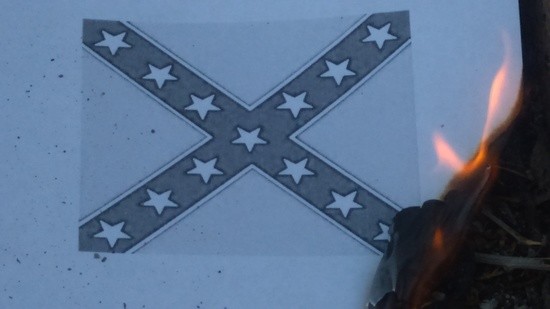 Devil’s Robe Burning
Devil’s Robe Burning
Restore Native Names To Sacred Sites
This web site is about a movement to restore Native names to geographic sacred sites. It is being led by Thomas Ivan Dahlheimer, an indigenous peoples’ rights activist who is spearheading the widely supported movement to restore the sacred Dakota/Native name [Wakan] to a sacred Minnesota river, a river that is currently name “Rum”.
This sacred river (or site) was given the name Wakpa Wakan (Spirit River) by the Dakota. Unfortunately, the sacred Dakota name for this sacred site was sacrilegiously changed by European explorers to “Rum River.”
Concluding, when seen in proper historical context of a country that committed genocide against the First Nations, perhaps it’s easier to see name changes and “innocent cultural appropriation,” including homogenizing even something as seemingly simplistic as a tomahawk, are in fact cultural genocide by looking at “Cultural genocide against the Armenian heritage.”
At the end of 1920s, Turkey began the process of changing the names of certain locations in Western Armenia. Presently 90% of the Armenian cities, towns and buildings in Eastern Turkey Western Armenia (Eastern Anatolia) have been Turkified. Armenian geographical sites’ names have also been replaced with Turkish names. Devising a systemanic method of destruction, hundreds of architectural monuments have been destroyed and all Armenian inscriptions erased.
– snip —
Cultural genocide against the Armenian heritage on the territory of Turkey continues…
– See more at: http://www.genocide-museum.am/eng/cultural_genocide.php#sthash.dCmaEjl1.dpuf
Finishing the conclusion, here’s why “Tomahawk Missiles” is cultural genocide.
But native American tomahawks were also used to confirm friendships and even establish treaties. In this case, native American tomahawks were a little more fancy than the ones in everyday use. Perhaps these native American tomahawks were made from silver or pewter and engraved ornately and were owned by those chiefs who were considered to be prominent.
As time passed native American tomahawks were made from brass or iron. Native American tomahawks were examples of native American artwork, as well.
Exactly how do “Tomahawk Missiles” maintain the spirit of “confirm friendships and even establish treaties” for those tribes who actually had or have them?
(Out of time, done editing)


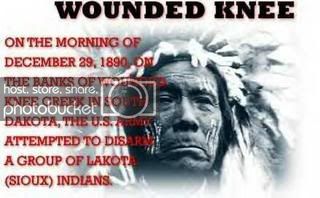
Leave a Reply